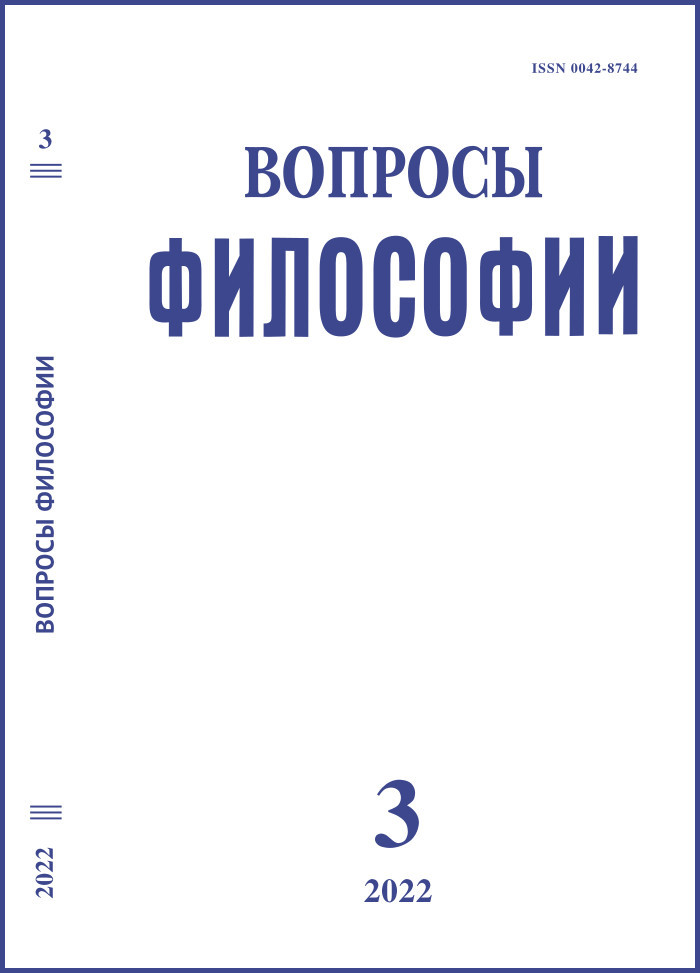Illusionism as a Theory of Consciousness Part I
DOI:
https://doi.org/10.21146/0042-8744-2022-3-110-121Keywords:
illusionism, hard problem of consciousness, phenomenal properties, phenomenality, conscious experience, zombieAbstract
This is the first part of the article, which presents arguments in favour of an approach to consciousness, which is called illusionism. This is the view that phenomenal consciousness is illusory. According to illusionists, our sense that our conscious experiences are like something is a result of the fact that we systematically misrepresent them or their objects as having phenomenal properties. The hard problem is replaced by the problem of illusion. And the task of the theory of consciousness is to explain our illusory representations about phenomenality, not phenomenality itself. Despite having followers, illusionism is still a minority position, and is often dismissed as failing to take the problem of consciousness seriously. The presented article is aimed at refuting this accusation. In this part, the program of illusionism is outlined against the background of two approaches – radical and conservative realism, that can be considered as more traditional ones in contrast to illusionism, which reveals its strengths in comparison to them. The boundary between the “strong” and “weak” forms of illusionism is drawn. The question of the correlation of the illusionist position with the statement about the illusory nature of the external world is considered. In addition, it is discussed, whether following illusionism entail eliminativism in the question of consciousness in the context of experience and what is called phenomenal properties.
Downloads
Published
Versions
- 2025-02-06 (3)
- 2025-02-06 (2)
- 2022-03-31 (1)

